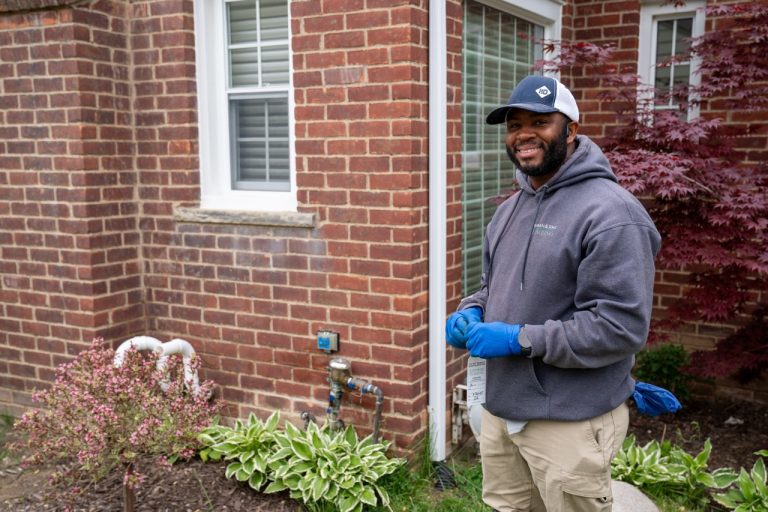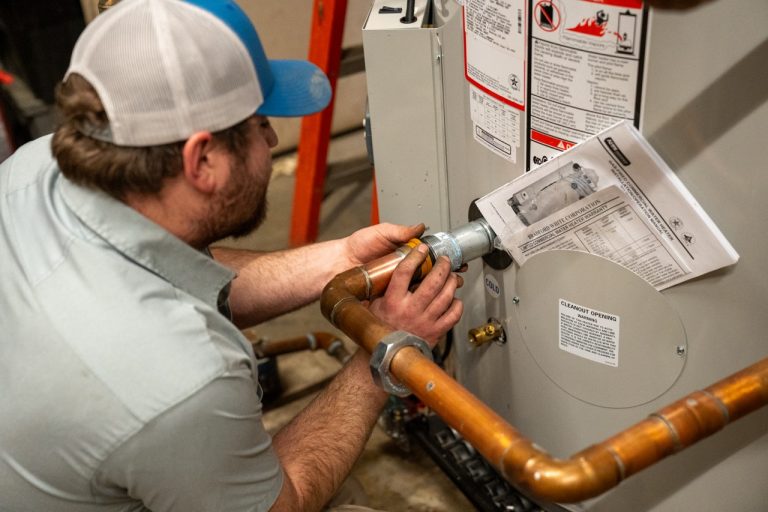Garbage Disposals: Efficiency Starts in the Kitchen
A properly functioning garbage disposal is essential for a clean and efficient kitchen. Whether you’re preparing dinner or cleaning up after guests, your disposal helps manage food waste, prevent drain clogs, and reduce odors. However, frequent use without proper care can lead to blockages, foul smells, or even motor burnout. Watch out for signs like…



